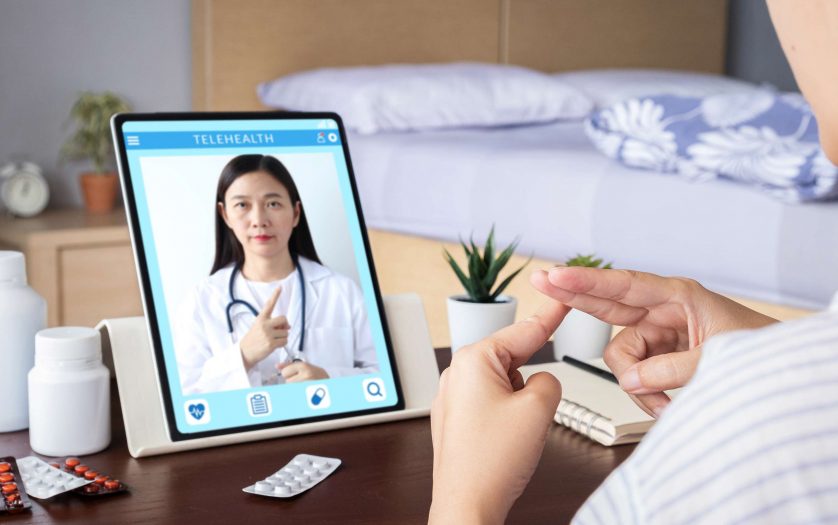
The World Health Organization (WHO) and the International Telecommunication Union (ITU) have published the Implementation toolkit for accessible telehealth services. This toolkit provides practical guidance to support governments, policymakers, health industry, health services providers, and civil society on how to integrate accessibility features in telehealth services.
The COVID-19 pandemic created an unprecedented need and galvanized the rapid development and scaling-up of telehealth services. Many governments and key partners are now investing in the development of telehealth services and their integration in mainstream health-care provision. Now is a critical time to think about how this digital transformation can be intentionally designed to benefit everyone and promote health for all.
Designing accessible telehealth services for persons with disabilities can be a game-changer to accelerate progress towards global health goals. It means unlocking access to telehealth for 1.3 billion people worldwide with a significant disability – representing 1 in 6 of us.
In the WHO Global report on health equity for persons with disabilities, the inaccessibility of telehealth services is listed among the known factors that hinder the fair access to health services for persons with disabilities. For example, persons with disabilities can be left out if telehealth platforms are not compatible with screen readers or Braille keyboards, do not provide captioning, or use a complicated user interface.
The WHO-ITU Global standard for accessibility of telehealth services, published in 2022, already provides the recommendations of accessibility features that must be used in telehealth services to address these barriers.
Building on this global standard, the new publication answers the question of how to go about the implementation process and advance health equity for persons with disabilities. It is a key tool to help all stakeholders consider and integrate accessibility in their existing strategic processes for telehealth service development.
“The proposed process is not about ‘doing more’, but rather about ‘doing smarter’,” said Darryl Barrett, WHO disability technical lead. “By consciously integrating accessibility from the early phases of telehealth strategic planning, we can build more sustainable health-care for all. It’s smarter in the sense that the efforts are minimal compared to the benefits we can reap in a short time: it will maximize the efficiency of health-care systems and meaningfully contribute to better health for all.”








